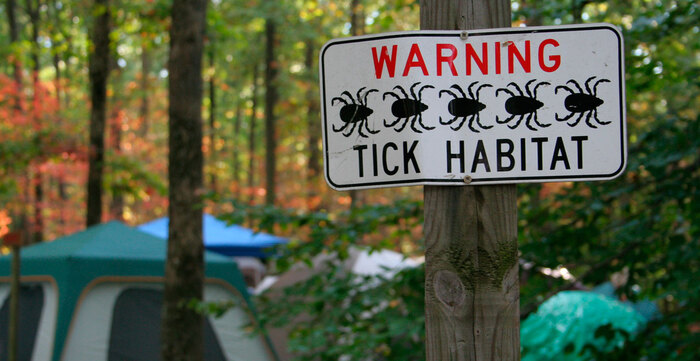
Feel better faster. Get care today.
From the clinic or your couch. Find high quality, same-day urgent care for you and your kids. Book an urgent care visit today.

Safety precautions at theme parks are not just the job of ride engineers. While a machine malfunction is out of our control, the most common injuries at parks are completely preventable if you follow a few precautions. You can avoid the most common ailments and injuries at theme parks by following some important tips.
The most common ailment in theme parks is heat exhaustion/dehydration. Yes, drinking plenty of water at the park is better than walking around in the hot sun without it, but the key to staying hydrated begins two to three days before you enter the park. Many people are already suffering from mild dehydration without even knowing it, add in the sun (and maybe some alcoholic beverages), and you are at severe risk.
No matter your skin tone, waterproof sunscreen is essential. An all-day, outdoor adventure, coupled with a few water rides or sweat, will make ordinary suntan lotion ineffective. Read the directions on the bottle and reapply as necessary. All skin exposed to the sun should receive sunscreen, this includes the tops of your feet, if you're wearing sandals or flip-flops. A hat or visor is also a good idea if you plan on prolonged exposure.
While it's tempting to wear sandals and flip-flops to a park, it's not advisable. You will be doing a lot of walking and need more support than these shoes offer. With the combination of heat from the asphalt and sweat, you're likely to develop blisters even if you've worn the shoes before. You are also at greater risk of sunburn on your feet, if they're exposed.
For best results, protect your feet with closed-toe shoes and socks. Closed-toe shoes are also safer on rides than flip-flops or sandals. As you're flying around on your favorite open-air ride, shoes can fall off injuring folks below and/or your feet can hit vegetation and branches. If you're wearing sandals or open-toed shoes, even a collision at a very low-speed could gravely injure you.
Strollers, slower walkers, unpredicted stops...these all are potentials for accidents. Be aware of where you are. Keep an eye out for strollers. Falling on the hard asphalt walkways of theme parks can cause very serious injuries to adults.
If a ride has the potential for aggravating an existing injury or condition, a warning placard will be posted. Take heed of these signs and avoid the ride if you suffer from any of the mentioned conditions. If you are unsure, ask a park employee or forgo the ride.
If you haven't had a check-up in the past 12 months, consider having one before taking that family vacation to a theme park. You don't want an undiagnosed medical condition, like high blood pressure, to ruin your day or worse.
Enjoying your theme park trip is about more than just being patient with the crowds. Safety should also be a primary concern. No one wants to cut the day short to tend to an injury that could've been prevented.
Start hydrating two to three days before your visit, and continue to drink plenty of water throughout your day at the park.
Apply waterproof sunscreen to all exposed skin and reapply as directed on the bottle. Consider wearing a hat or visor for additional protection.
Closed-toe shoes and socks are recommended for their support and protection against heat, blisters, and potential ride-related injuries.
Stay aware of your surroundings, watch out for obstacles like strollers, and heed any warning signs posted on rides.
If a ride has a warning sign about potential aggravation of certain conditions, avoid that ride. Consider getting a check-up if you haven't had one in the past 12 months.
You can prevent aggravating existing injuries at a theme park by paying attention to warning placards on rides. If a ride has the potential to aggravate an existing injury or condition, avoid it. If you're unsure, ask a park employee or skip the ride.
Yes, if you haven't had a medical check-up in the past 12 months, it's a good idea to have one before visiting a theme park. This can help ensure that an undiagnosed medical condition, like high blood pressure, doesn't ruin your day.
Safety is important at a theme park because it helps prevent injuries that could cut your day short. Enjoying your theme park trip is about more than just being patient with the crowds, safety should also be a primary concern.

From the clinic or your couch. Find high quality, same-day urgent care for you and your kids. Book an urgent care visit today.